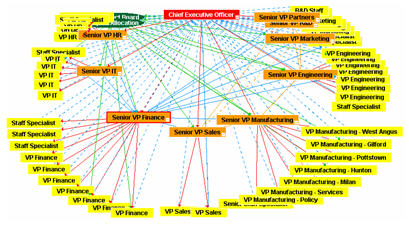Note: while a channel can be represented as an undirected link, real communications infrastructures are holonarchical; i.e., mapped with directed links

|
Information Link D: Channels and Acts of Communication
Note: while a channel can be represented as an undirected link, real communications infrastructures are holonarchical; i.e., mapped with directed links

|